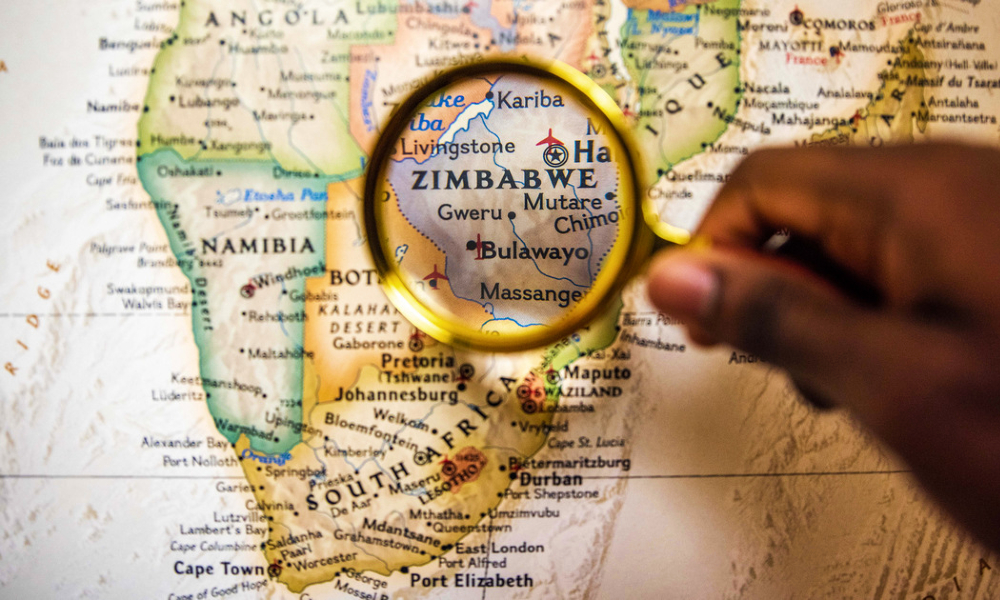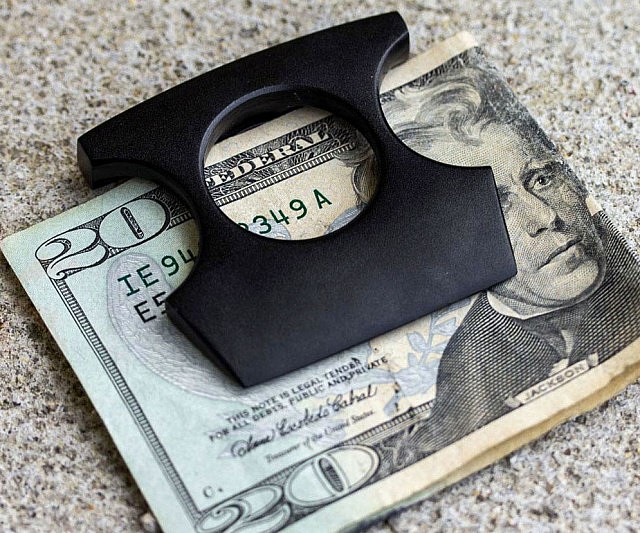USD compensation for pensioners, policyholders
Pensioners and policyholders whose values were eroded due to hyperinflation in 2008 will start receiving compensation in the first quarter of 2022 most likely in US dollars after the Government completed a payment framework, Treasury sources have revealed.
The Government commissioned an investigation in 2015 into how pensions and insurance benefits were paid out following a big outcry from pensioners and policyholders.
Pension fund values were badly eroded due to devastating hyperinflation, which soared to a record 231 percent at the last official count in June 2008 before the Government introduced the multi-currency system.
The Government wiped out the hyperinflation figures in 2009 when it abandoned the use of the Zimbabwe dollar for a basket of foreign currencies, but mostly dominated by the US dollar, leading to what was generally called dollarisation.
The Pension Commission Inquiry, chaired by retired judge, Justice George Smith, recommended that policy holders and pensioners be compensated.
“We have been working on the compensation modalities and we are almost done with framework,” a senior official in the Ministry of Finance and Economic Development said this week.
“We are hoping that people should start receiving additional payouts in the first quarter of next year.”
Finance and Economic Development Minister Mthuli Ncube, recently said the Government, in consultation with industry representatives, had been working on bringing closure to the pre-2009 compensation.
“To this end, Government is finalising the 2009 Compensation Framework that will provide guiding principles on the criteria for assessing and quantifying prejudice in relation to the insurance and pensions contracts, as highlighted in the Smith Commission of Inquiry on Conversion of Insurance and Pensions Values from Zimbabwe dollar to US dollar Report,” Mthuli said.
“It is envisaged that the compensation modalities will be concluded before the end of 2021, with pensioners starting to get payments in 2022.”
In its report, the commission said high levels of inflation, currency debasing, dollarisation conversion process and de-monetisation were the main reasons of the loss of value.
An investigation into the asset build up revealed that the insurers lost billions of dollars in excessive recurrent expenditure and bad investment erosion. Just for the period 2009 to 2014, the industry committed over US$2,9 billion in administration and other expenses. Non remittances of contribution for the post dollarisation period amounted to
at least US$328 million before interest.
Such non-remittances is estimated to run into billions of dollars for the entire period of investigation.
The contribution arrears, negative real return on investment, and huge administrative expenses and declining macroeconomic fundamentals adversely impacted on the industry capacity to mobilise savings for national development, the report said.
In the post dollarisation, total pension contribution ad insurance premiums rose to US$1,1 billion in 2015 from US$375 million in 2009, averaging US$866 million over the period.
Total pension contributions and insurance premiums of the industry as a percentage of the GDP averaged 4,8 percent during the period 1996-2000, 7,6 percent between 2001 and 2007 and 10,3 percent from 2009 and 2015.-ebusinessweekly.co.zw











